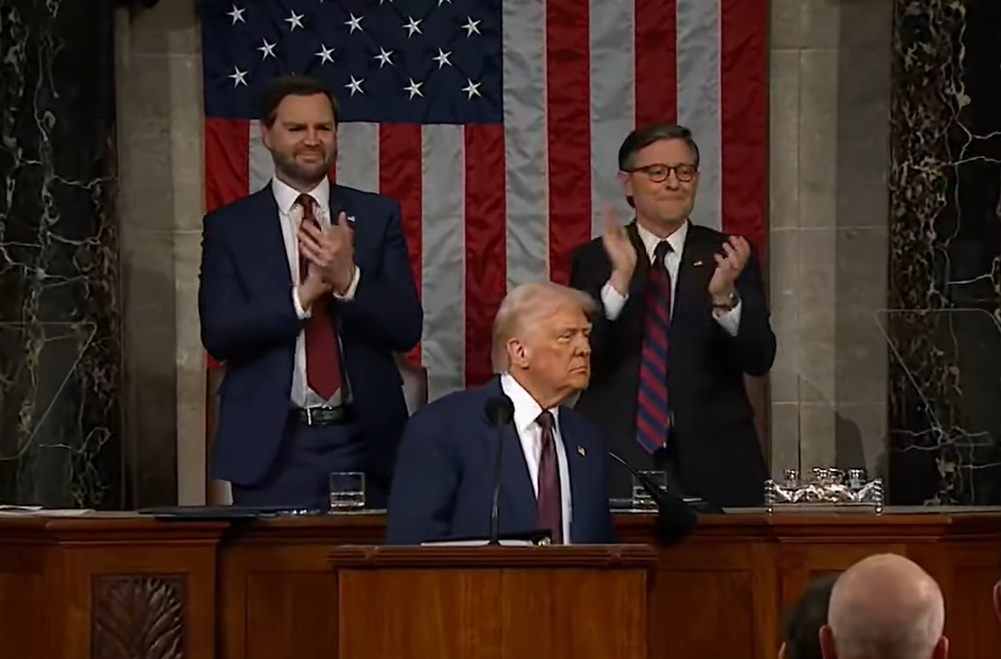In recent years, U.S.-China relations have undergone a seismic shift, driven by a more confrontational approach from the Trump administration. This strategy was not a series of random actions but a calculated response to growing concerns about China’s economic practices, military expansion, and global ambitions. The goal was clear: protect U.S. national security, counterbalance China’s growing influence, and correct longstanding trade imbalances.

One of the most visible aspects of this strategy was the administration’s aggressive use of tariffs. The trade war, which began with targeted tariffs on Chinese imports, escalated into a full-scale economic battle. Recently, the U.S. imposed a 10% tariff on Chinese goods, primarily aimed at addressing the opioid crisis by curbing the inflow of fentanyl from China. This move triggered swift retaliation from Beijing. China responded with its own set of tariffs on key U.S. exports such as coal, crude oil, agricultural machinery, and liquefied natural gas. These retaliatory measures heightened tensions and raised questions about the long-term impact on global supply chains and the broader economy.
Beyond the economic battlefield, the Trump administration’s strategy also targeted China’s influence in critical sectors like technology and infrastructure. One of the most striking measures was the U.S. Postal Service’s decision to halt package acceptance from China and Hong Kong. This move was part of a broader effort to address trade imbalances and security risks in the supply chain, disrupting the e-commerce industry, particularly for platforms like Amazon and Temu.
National security concerns also played a pivotal role in shaping U.S. policy toward China. Sanctions were imposed on high-profile Chinese companies and officials. Notably, Hong Kong’s Chief Executive Carrie Lam and several other key officials were sanctioned for actions seen as undermining the region’s autonomy. The U.S. government further prohibited investments in companies linked to China’s military, a move that sought to counter Beijing’s rapid military modernization and its potential to challenge global stability.
Another cornerstone of the Trump administration’s approach was its effort to counter China’s global economic reach. Policies were put in place to prevent Chinese companies from acquiring stakes in strategic sectors of the U.S. economy. Pressure was also applied to force Chinese firms to divest from sensitive industries that could pose security risks. These measures aimed to reduce China’s leverage in the U.S. market while safeguarding critical technologies and infrastructure.

Ultimately, the Trump administration’s China strategy represented a bold shift in U.S. foreign policy. It was not without controversy, as critics argued it risked sparking an unnecessary cold war between the two superpowers. Supporters, however, saw it as a necessary recalibration in the face of a rising China. By addressing trade, security, and geopolitical concerns head-on, the administration sought to create a more balanced relationship with China—one that prioritizes U.S. interests while acknowledging the complexity of dealing with a global power of China’s stature.
As the dust settles on these policy battles, it’s clear that the strategy has left a lasting impact on U.S.-China relations. Whether it ultimately succeeded in reshaping the relationship remains a subject of debate, but there is no denying that it fundamentally changed the way the U.S. engages with China on the world stage.





